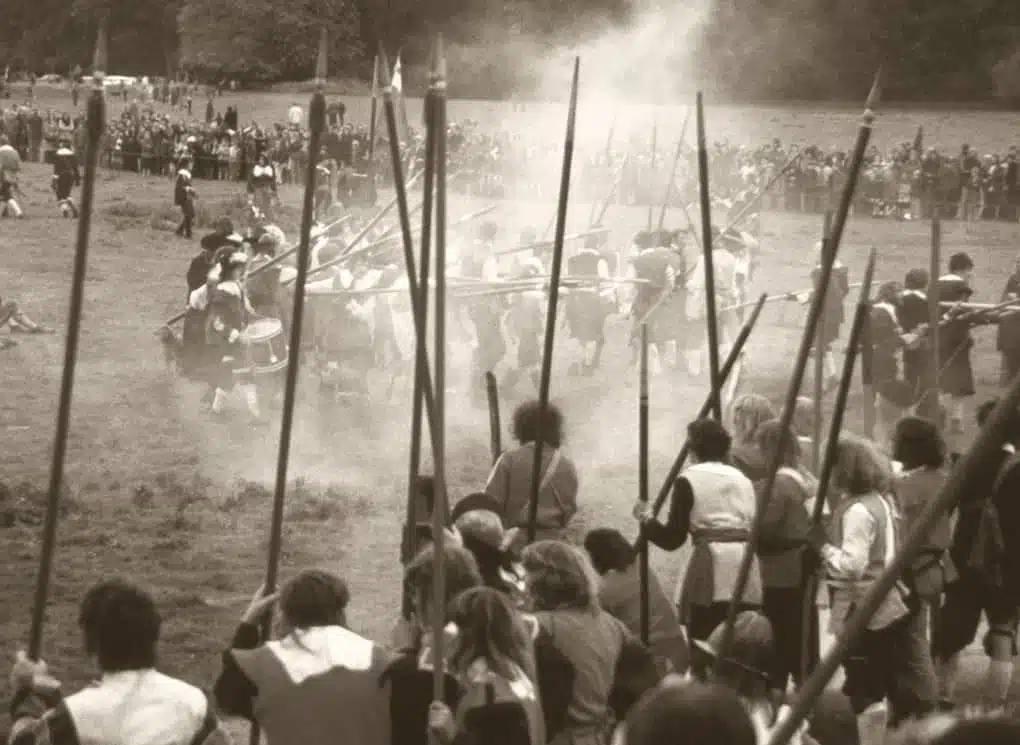Most people around the country recognize Alexandria for its historical significance, and if you’re from here, you know that the area played a major role in American history! We’re going to walk you through a brief overview of the history of Alexandria, from before 1675 to modern day.
Pre-Settlement
Before 1675
Before the area was claimed and settled, there is a long history of Native American heritage in the city that is now Alexandria. Although much of the history is unknown, scientists and archeologists have concluded that these lands were inhabited by the Native American groups called the Tauxenents and the Nacotchtanks. These Native tribes, belonging to a larger group called the Conoy Chiefdom, thrived and relied upon the resources of the land and primarily the Potomac River.
The English explorer John Smith began exploring the Chesapeake Bay in the early 1600s and came upon Alexandria, not yet named, by traveling and exploring up the Potomac River. Historians have concluded that the Native people had been in the Alexandria area for thousands of years, leaving the area roughly around 1675, just after the land was settled.

European Settlement
1669-1749
In 1669, the Governor of Virginia, Sir William Berkely, gave around 6,000 acres of land to an English ship captain named Robert Howson. This area, still not yet named Alexandria, was extremely popular for its Tobacco production. Captian Howson was gifted this land by King Charles due to his settlement efforts and bringing over 100 settlers to the land of Virginia.
Despite the profitability and popularity, Captain Howson wasn’t after land ownership, so he sold the 6,000 acres to John Alexander less than a month after acquiring it. During the 17th and 18th centuries, more settlements were established along the Potomac River, and the area became very profitable for tobacco, corn, and wheat production.
As plantations and production houses grew larger, local warehouses were established to create order. A warehouse was created along the Potomac River in 1732, where the town known as Alexandria would soon come to be. Profitability and popularity continued to rise at the warehouses and plantations through the years, and in 1749 the area was officially named Alexandria after its’ founder John Alexander.
Trading and The District of Columbia
1750-1860
After the land was named Alexandria, it became even more popular for its’ trading and tobacco. As a result, the area soon attracted wealthy traders and plantation owners from various colonies as well as immigrants from Europe. Many of these new settlers acquired land in Alexandria that they used for plantations and production houses, creating a major impact on the economy at this time.
By 1791, the population of Alexandria had grown to over 3,000, and the strategic location on the Potomac River made goods shipped into and out of Alexandria. This same year, Alexandria was included by George Washington in the area that would officially succeed from the United States and be known as the District of Columbia. During the coming decades, Alexandria would become a hub for slave trading and transportation.
Many inhabitants of Alexandria began forming a movement to be removed from the District of Columbia and back under the law of the United States government. Finally, in 1849, the United States Congress elected to retrocede Alexandria back into the U.S.
The American Civil War
1861-1865
The Civil War began on April 12, 1861, and some of the first casualties on both sides occurred in Alexandria. The Union quickly inhabited Alexandria as a base of operations despite the fact that it had been used as a major slave trading post. Even though there was a history of slaving in Alexandria, the presence of the Union caused it to be the home to many free African-American communities and refugees.

Many of the African-American refugees that fled to Alexandria were extremely sick and malnourished after being on the run. After 100’s of African-Americans lost their life’s from ailments, a cemetery was purchased just outside of Alexandria as a burial site. There would be turmoil and changed ownership in the years following, but in 2008 The Contrabands and Freedmen Cemetary was recognized as a memorial site and listed in the U.S. National Register of Historic Places.
20th Century and Modern Alexandria
1901-Present
The 20th century brought innovation and industrialization to Alexandria. Throughout the 1900s, many African-Americans and other ethnicities settled in Alexandria due to job opportunities in factories and other industries. Alexandria excelled in the Glass, Beer, and Leather industries throughout the early 1900s.
The people of Alexandria and others around the country began recognizing the town for its’ historical relevance and began memorializing different locations. Now, Alexandria has a wealth of knowledge and learning opportunities on American history.
Here at WISA Roofing, we cherish our Northern Virginia history and value the people we share it with. If you live in the Alexandria area and have any roofing needs, give us a call!